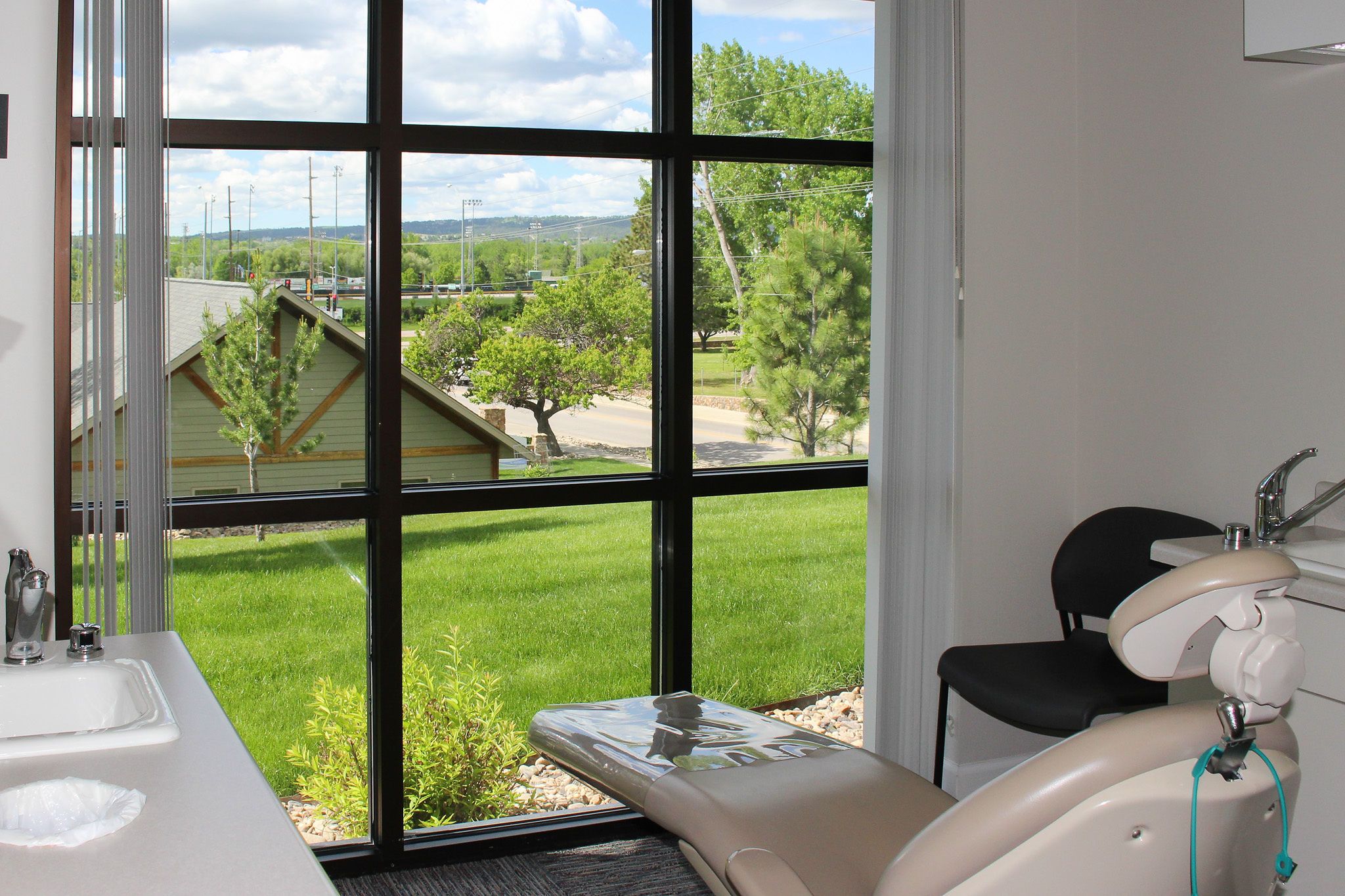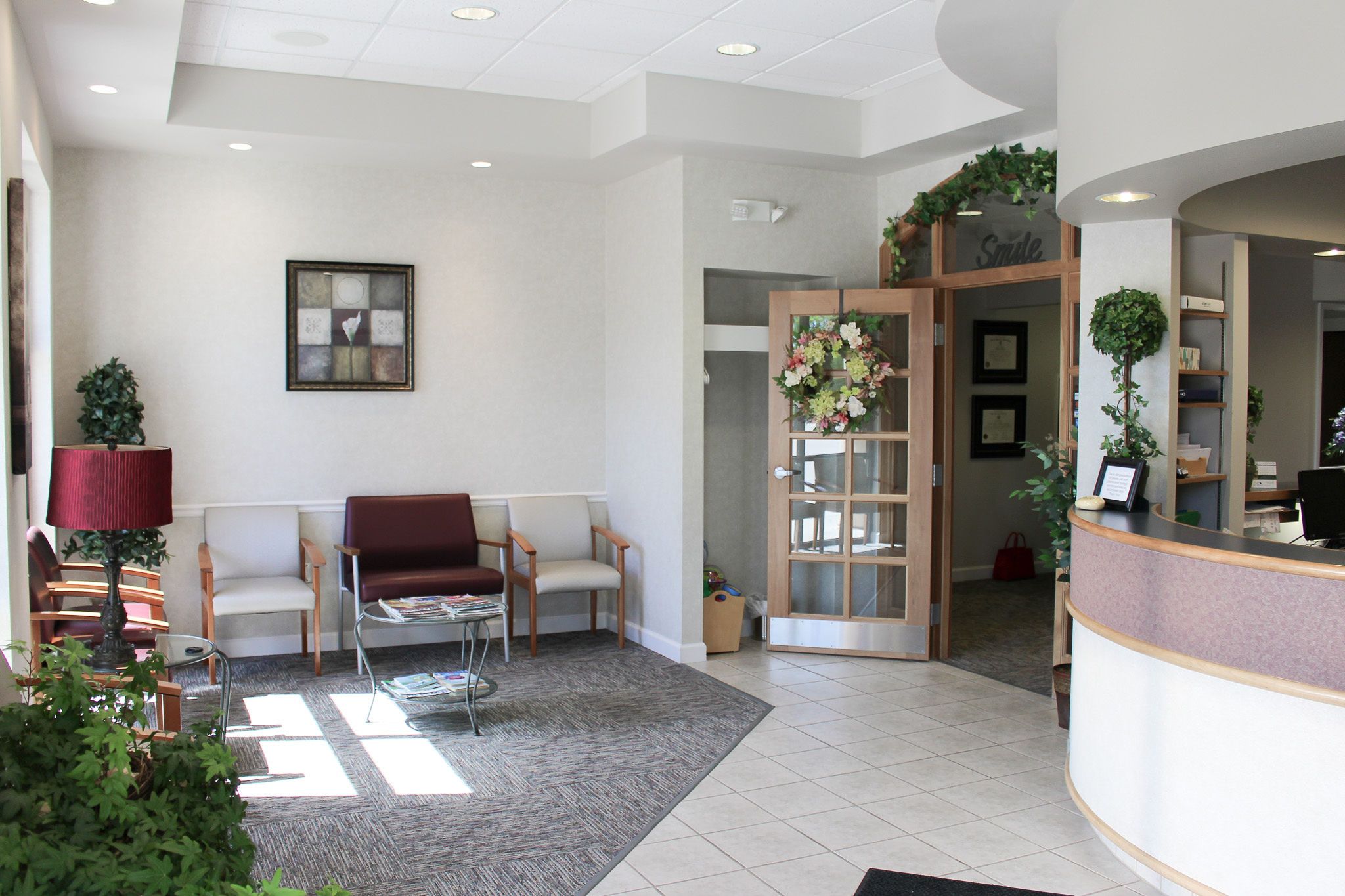

Welcome to Our Dental Practice
Personalized, Modern Dentistry In Rapid City.
At Dedicated Dental Solutions, we value our patient relationships, making it our priority to deliver gentle compassionate care. Our staff works hard to make you feel at ease by providing exceptional patient care in a relaxed and comfortable atmosphere. We strive to develop lifelong relationships with our patients by combining the latest dental technology with a professional and compassionate staff. The result is a beautiful, healthy smile that lasts a lifetime. Not only are we a leading dentist in Rapid City, but we also provide services for your whole family’s dental needs.
What Makes Us Different
Compassionate Care Close to Home
Convenient Services
Dedicated Dental Solutions offers the convenience of a one–stop shop for all your dental needs. With reliable and experienced staff, our Rapid City, SD dental practice provides a wide range of services, from preventative care and cleaning to restorative treatments and cosmetic dentistry.
Advanced Technology
Get your smile back quickly and easily with Dedicated Dental Solutions. We are committed to providing the most advanced and efficient dental treatments available. From same–day crowns to implant restoration and more, our experienced team can help you restore your smile in no time.
Accessible Dental Care
Dedicated Dental Solutions is the dental practice of choice in Rapid City, SD. Our goal is to provide top–notch service at an affordable price. We know that affordability is key, which is why we offer flexible payment plans and accept most major insurance plans. Come experience the Dedicated Dental Solutions difference today!
Meet The Dentist
DR. KIRSTEN KENNEDY, DDS
A native of Rapid City, Dr. Kennedy graduated from St. Thomas More High School, attended SD School of Mines and Technology (degrees in Industrial Engineering and master’s in Biomedical Engineering). She also completed her dental education at the University of MN School of Dentistry.
To further her education, Dr. Kennedy completed a residency in Seattle, WA, receiving expertise in the treatment of patients with special needs, medically complex cases, sedation, and hospital dentistry. The most rewarding component of this experience was addressing, maintaining and caring for the oral health of those undergoing cancer treatment, transplants, and systemic disorders.
Dr. Kennedy has participated in mission trips to Guatemala along with events at home such as Mission of Mercy and Give Kids A Smile. She enjoys hiking, mountain biking, cooking, crafting and spending time with her husband and cat. She is happy to be back in Rapid City and will assure that you have a great experience in our office.

